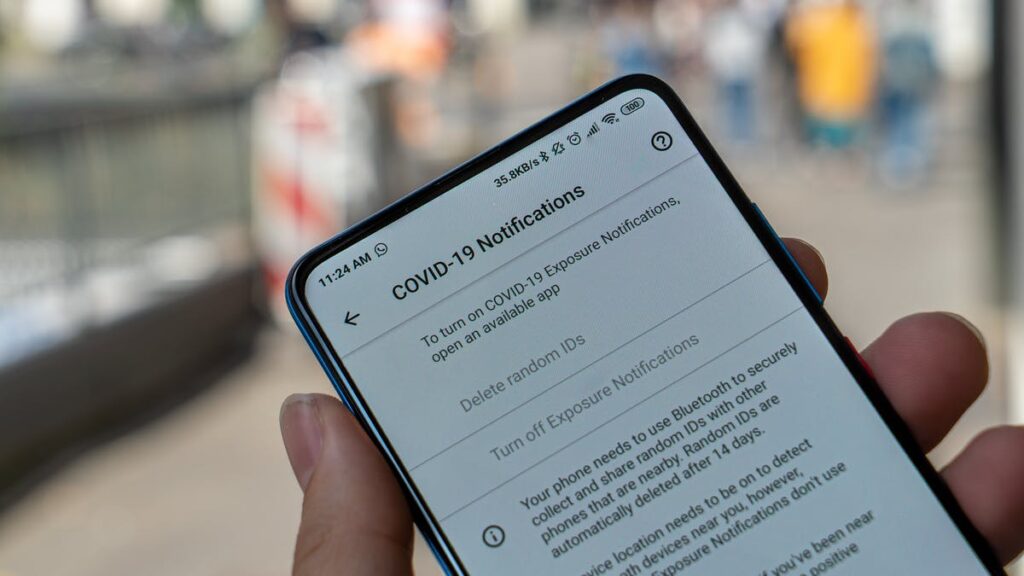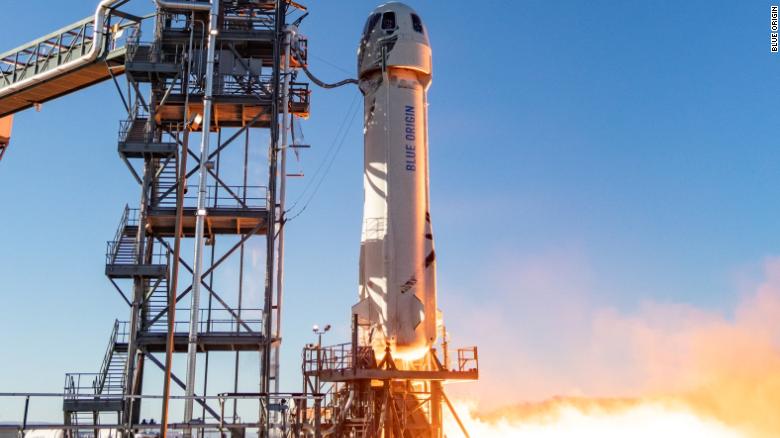The application manufacturers had made arrangements for pranksters, guaranteeing that lone individuals with checked COVID-19 cases could trigger a alert. They’d made arrangements for substantial criticism about privacy, much of the time making the highlights as stripped down as could be expected under the circumstances. However, as more states turn out cell phone contact-tracing technology, different difficulties are emerging. Specifically, human nature.
The issue begins with downloads. Stefano Tessaro considers it the “chicken-and-egg” issue: The framework works just if many individuals become tied up with it, yet individuals will get tied up with it just on the off chance that they realize it works.
“Accuracy of the system ends up increasing trust, but it is trust that increases adoptions, which in turn increases accuracy,” Tessaro, a PC researcher at the University of Washington who was engaged with making that state’s approaching contact-following application, said in a talk a month ago.
In different pieces of the world, individuals are going out on a limb that vital. Ireland and Switzerland, promoting the absolute most elevated take-up rates, report over 20% of their populaces utilize a contact-tracing application, Kaiser Health News reports.
Americans appear to be not all that hot on the thought. Likewise with a large part of the U.S. reaction to the pandemic, this nation hasn’t had a public procedure. So it’s up to states. What’s more, just around twelve, including the ongoing expansion of Colorado, have dispatched the cell phone highlight, which sends clients a warning in the event that they’ve run into another application client who later tests positive for COVID-19.
Inside those couple of states, energy seems faint. In Wyoming, Alabama and North Dakota, a portion of the couple of states with use information past starting downloads, under 3% of the populace is utilizing the application.
The administration, worked by Google and Apple and adjusted by singular nations, states or domains, either shows up as a downloadable application or as a setting, contingent upon the state and the gadget. It utilizes Bluetooth to distinguish different telephones utilizing the application inside around 6 feet for over 15 minutes. On the off chance that a client tests positive for COVID-19, they’re given a check code to include so that each contact can be informed they were possibly uncovered. The individual’s personality is protected, similar to those of individuals informed.
“The more people who add their phone to the fight against COVID, the more protection we all get. Everyone should do it,” Sarah Tuneberg, who drives Colorado’s test and regulation exertion, told journalists on Oct. 29. “The sky’s the limit. Or the population is the limit, really.”
In any case, the population could prove to be quite a limit. Information from early-adopter governments recommends even the individuals who download the application and use it probably won’t follow headings at the most basic juncture.
As per the Virginia Health Department, from August to November, around 613 application clients tried positive and got a code to alarm their contacts that they may have presented them to the infection. About 60% of them really initiated it.
In North Dakota, where the episode is enormous to such an extent that human contact tracers can’t keep up, the information is significantly more desperate. In October, around 90 individuals tried positive and got the codes needed to caution their contacts. Just about 30% did as such.
Specialists in Dublin following application utilization in 33 areas around the globe have experienced echoes of a similar issue. In October, they composed that in pieces of Europe less individuals were alarming their contacts than anticipated, given the size of the flare-ups and the quantity of dynamic application clients. Italy and Poland positioned most reduced. There, they assessed, only 10% of the application clients they’d expect were presenting the codes important to warn others.
“I’m not sure that anybody working in this field had foreseen that that could be a problem,” said Lucie Abeler-Dörner, part of a group at the Big Data Institute at Oxford contemplating COVID-19 intercessions, including advanced contact following. “Everybody just assumed that if you sign up for a voluntary app … why would you then not push that button?”
Up until this point, individuals in the field just have guesses. Abeler-Dörner considers its amount has to do with individuals going into alarm mode when they discover they’re positive.
Tessaro, the University of Washington PC researcher, inquires as to whether the wellbeing authorities who give the code need all the more preparing on the best way to give clear directions to clients.
Elissa Redmiles, an employee at the Max Planck Institute for Software Systems who is considering what drives individuals to introduce contact-following applications, stresses that individuals may experience issues contributing their test outcomes.
Be that as it may, Tim Brookins, a Microsoft engineer who grew North Dakota’s contact-following application as a volunteer, has a more depressing viewpoint.
“There’s a general belief that some people want to load the app so that they can be notified if someone else was positive, in a self-serving way,” he said. “But if they’re positive, they don’t want to take the time.”
Abeler-Dörner considered the intentional notice a plan blemish and said the alarms ought to rather be consequently set off.
Indeed, even with the constraints of the applications, the innovation can help recognize new COVID cases. In Switzerland, specialists took a gander at information from two investigations of contact-following application clients. They wrote in a not-yet-peer-looked into paper that while just 13% of individuals with affirmed cases in Switzerland utilized the application to make their contacts from July aware of September, that incited around 1,700 individuals who had possibly been presented to call a devoted hotline for help. What’s more, of those, at any rate 41 individuals found they were, without a doubt, positive for COVID-19.
In the U.S., another non-peer-reviewed displaying study from Google and Oxford University taking a gander at three Washington state areas found that regardless of whether just 15% of the populace utilizes a contact-following application, it could prompt a drop in COVID-19 infections and passings. Abeler-Dörner, an study co-creator, said the discoveries could be appropriate somewhere else, in general terms.
“It will avert infections,” she said. “If it’s 200 or 1,000 and it prevents 10 deaths, it’s probably worth it.”
That might be genuine even at low reception rates if the application clients are bunched in specific networks, instead of being dissipated equally over the state. Yet, organizing protection has required wellbeing divisions to renounce the very information that would inform them as to whether clients are almost each other. While an application in the United Kingdom approaches clients for the initial not many digits of their postal code, not many U.S. states can tell if clients are in a similar network.
A few exceptions incorporate North Dakota, Wyoming and Arizona, which permit application clients to choose a connection with a school or college. At the University of Arizona, enough individuals are utilizing the application that about 27% of individuals reached by grounds contact tracers said they’d just been informed of a potential introduction. Brookins of Microsoft, who made Care19 Alert, the application utilized in Wyoming and North Dakota, said that offering an alliance choice additionally permits individuals who’ve been presented to get grounds explicit guidelines on where to get tried and what to do straightaway.
“In theory, we can add businesses,” he said. “It’s so polarizing, no businesses have wanted to sign up, honestly.”
The privacy-focused plan additionally implies analysts don’t have what they need to demonstrate the applications’ helpfulness and consequently empower higher adoption.
“Here there is actually some irony because the fact that we are designing this solution with privacy in mind somehow prevents us from accurately assessing whether the system works as it should,” Tessaro said.
In states including Colorado, Virginia and Nevada, the inserted security assurances mean nobody realizes who has empowered the contact-following innovation. Is it accurate to say that they are individuals who scarcely associate with anybody, or would they say they are basic laborers, interfacing routinely with numerous individuals that human contact tracers could always be unable to reach? It is safe to say that they are running into each other and exchanging signals with other application clients or, on the off chance that they test positive, will their admonition fall quietly like a tree in an unfilled backwoods? Will they decide to advise individuals by any means?
Colorado’s health office said it’s responsible huge number of COVID codes a day. As of Wednesday, 3,400 individuals have utilized the codes to tell their gets in touch with, it said. A computerized framework issues codes for positive COVID-19 tests regardless of whether the contaminated individuals don’t have the application, making it difficult to realize the number of clients are following up on the codes.
“I have hope that the vast majority of Coloradans will take this opportunity to give this gift of exposure notification to other people,” said Tuneberg. “I believe Coloradans will do it.”
Disclaimer: The views, suggestions, and opinions expressed here are the sole responsibility of the experts. No Miami Times Now journalist was involved in the writing and production of this article.


